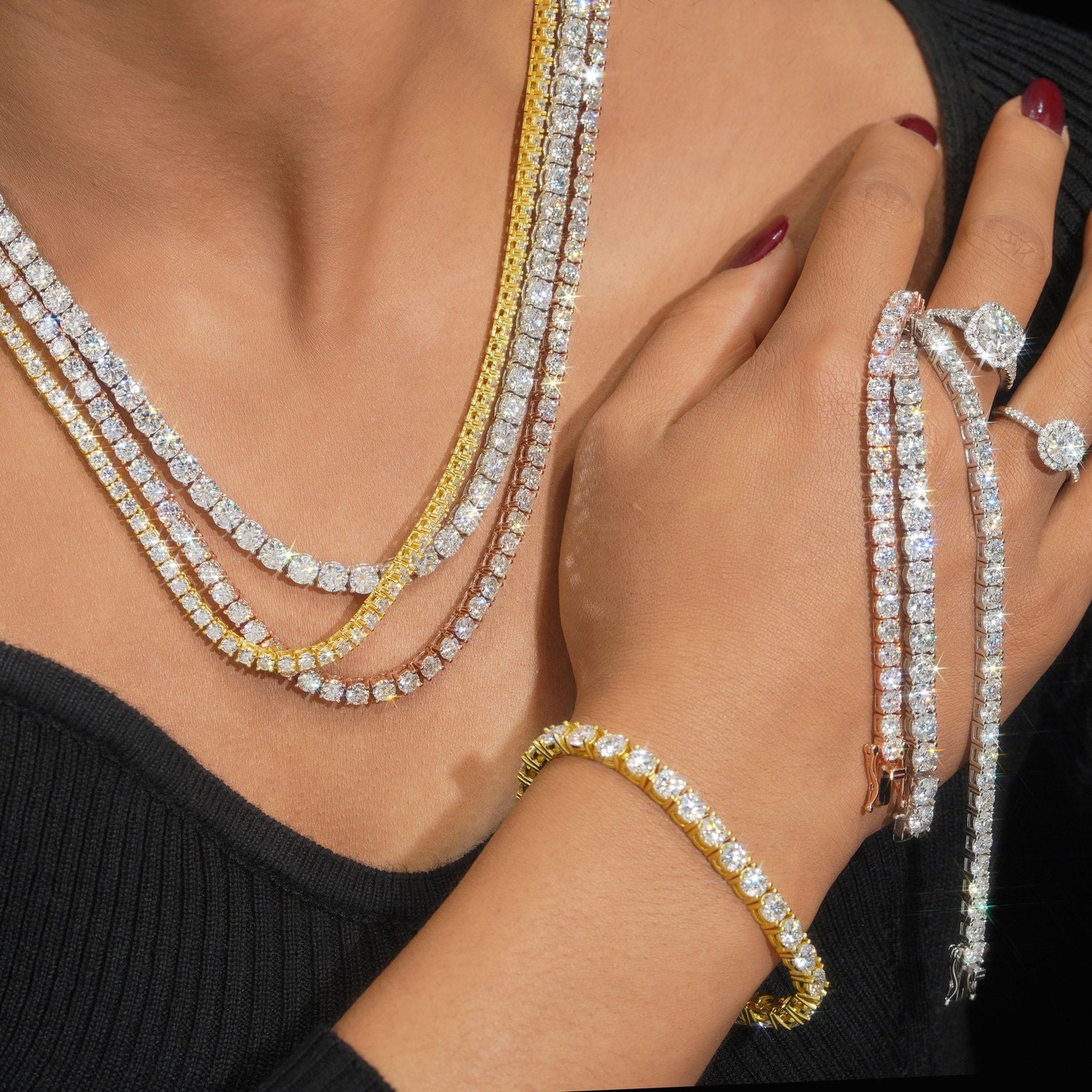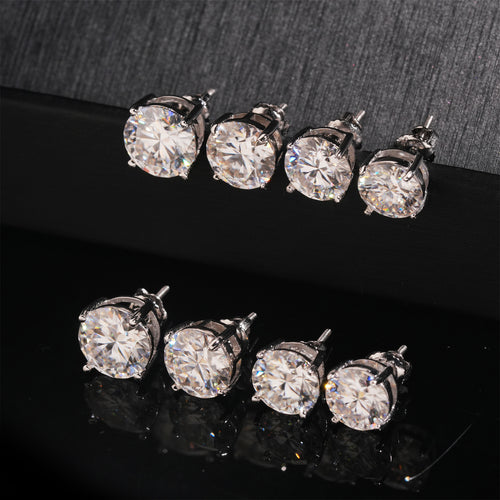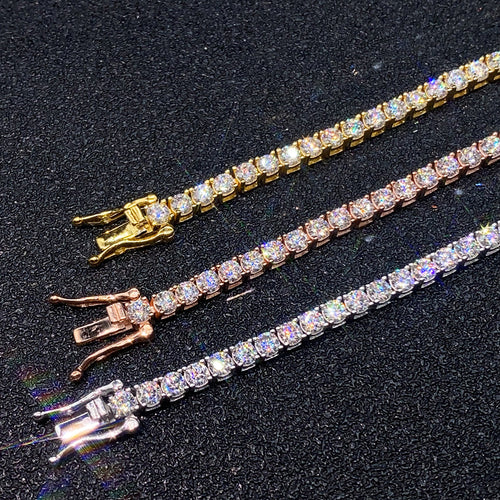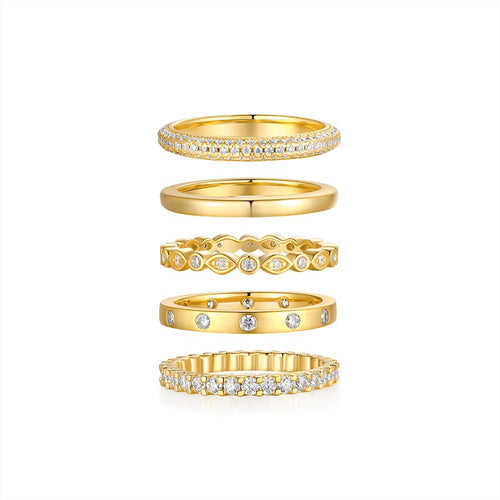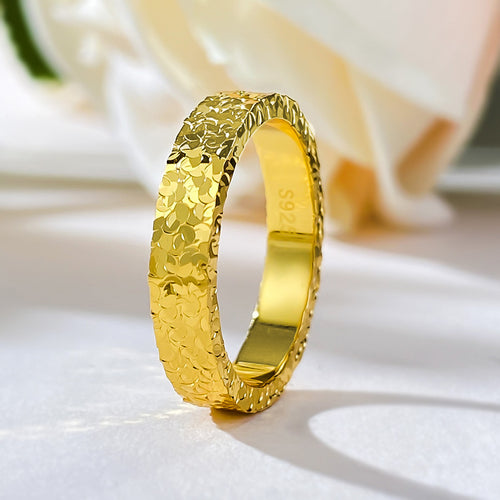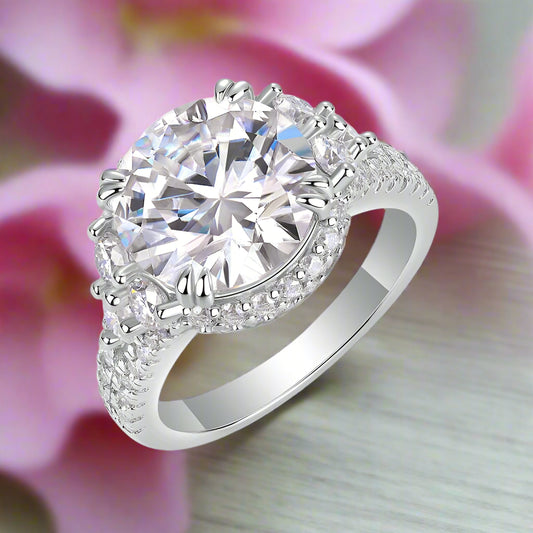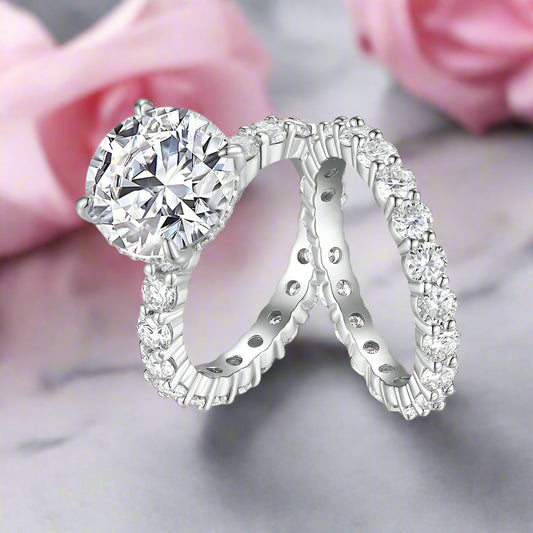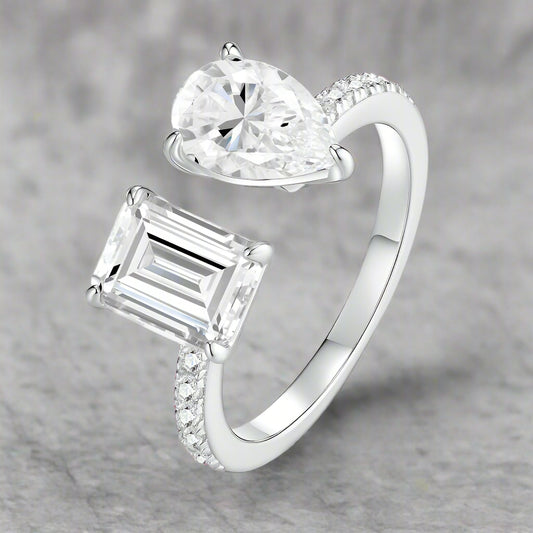Are you worried your diamond might be fake? Whether it’s an engagement ring, a gift, or a personal purchase, knowing how to test a diamond at home can give you peace of mind. While professional certification is the ultimate proof, you can use several simple diamond authenticity tests with everyday items.
Quick At-Home Diamond Tests
1. The Fog Test

Hold the stone between your fingers and breathe on it, like fogging up glass.
-
Real diamond: Fog disappears almost instantly (excellent heat conductivity).
-
Fake diamond (like cubic zirconia): Fog lingers for a few seconds.
2. The Water Test

Fill a glass with water and drop the stone inside.
-
Real diamond: Sinks to the bottom due to high density.
-
Fake diamond: May float or stay suspended.
3. The UV Light Test

Shine a black light or UV light on the stone.
-
Real diamonds: Often emit a faint blue glow.
-
Note: Not all diamonds fluoresce, so use this test alongside others.
Diamond Characteristics You Should Know

A genuine diamond has unique properties that set it apart from imitations:
-
Brilliance & Fire: Diamonds refract light brilliantly, creating white sparkle (brilliance) and rainbow flashes (fire).
-
Clarity: Natural diamonds may have tiny inclusions, unlike flawless cubic zirconia.
-
Color: Most range from colorless to light yellow or brown. Completely colorless diamonds are rare and more valuable.
-
Density & Weight: A real diamond feels heavier than common substitutes.
Comparing Real Diamonds with Common Alternatives

-
Cubic Zirconia (CZ): Cheaper, lighter, and doesn’t conduct heat like a diamond.
-
Moissanite: Can outshine a diamond with rainbow-colored flashes but has different refractive properties.
-
White Sapphire: Looks similar but lacks sparkle and fire.
-
Lab-Created Diamonds: Chemically identical to natural diamonds but usually more affordable.
More At-Home Authenticity Checks
Visual Inspection
Use a jeweler’s loupe or magnifying glass:
-
Real diamonds: Tiny natural inclusions and sharp facet edges.
-
Fake stones: Flawless appearance with glassy polish.
Sparkle Test

Place the stone under sunlight:
-
Real diamond: Shows both bright white flashes (scintillation) and colorful fire.
-
Fake diamond: Looks dull or overly rainbow-like.
Newspaper or Dot Test
Place the stone flat on printed text or a dot on paper.
-
Real diamond: Refraction makes the letters/dot blurry or invisible.
-
Fake diamond: Letters remain visible.
Professional Diamond Testing Methods

While home tests are useful, professional diamond verification is the most reliable:
-
Diamond Tester: Measures thermal/electrical conductivity.
-
Heat Test: Diamonds disperse heat rapidly.
-
Scratch Test: Diamonds can scratch glass but should be done cautiously.
-
Certification: Reputable institutions like GIA (Gemological Institute of America), AGS (American Gem Society), and IGI (International Gemological Institute) provide official grading and authenticity reports.
Tips for Buying Diamonds

-
Choose a Trusted Jeweler: Look for certifications and positive reviews.
-
Understand the 4Cs: Carat, Cut, Color, and Clarity determine value.
-
Ask for Certification: Always request GIA, AGS, or IGI certificates.
-
Know the Difference: Natural diamonds are rare; lab-grown diamonds are ethical and cost-effective alternatives.
FAQs: How to Tell if a Diamond is Real

Q: Can sunlight help test a diamond?
Yes, real diamonds display intense rainbow colors outdoors.
Q: Can a flashlight check authenticity?
Yes, shine light on the stone. Real diamonds sparkle with white and colorful light.
Q: Does a mirror test work?
Yes, real diamonds maintain their sparkle when placed on a mirror.
Q: Will fake diamonds pass the water test?
Some may sink too, so use this test with others for accuracy.
Q: What’s the easiest home test?
The fog test and sparkle test are the simplest first checks.
Final Thoughts

Knowing how to test if a diamond is real at home helps you spot obvious fakes, but only a certified gemologist can confirm authenticity with 100% certainty. If you’re investing in diamonds - especially for engagement rings - always combine home tests with professional certification.
✨ ANNXMEE Tip: Whether you’re buying a natural diamond or a lab-grown one, always balance beauty, authenticity, and budget for the perfect stone.

